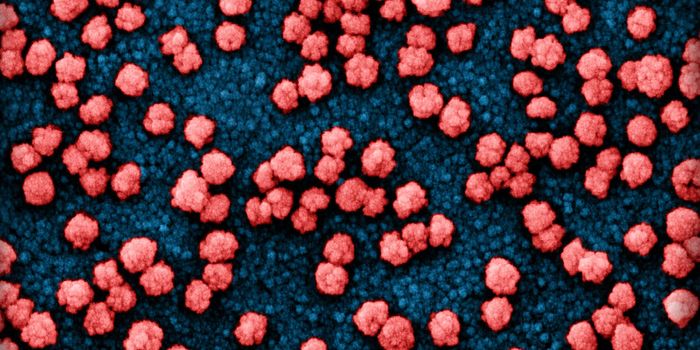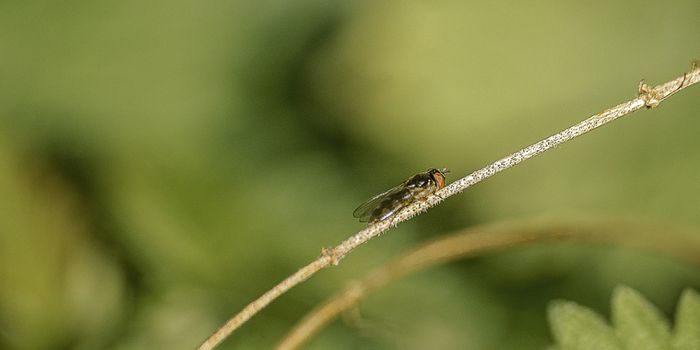Avian Flu Could Spread Further, but Immunity May be Common
For the past several years, millions of birds around the world have been killed or culled because of a highly pathogenic form of avian influenza known as H5N1. The illness has spread beyond birds as well, to affect many different species of wildlife and agricultural animals like dairy cows. In recent months, H5N1 has been detected in over 200 herds of dairy cattle in the US, although the rate of infection has recently been declining. Wastewater surveys by two different teams have also found the virus in many US locations; those surveys did not correlate with hospital admissions, and most were thought to come from animals. The researchers are hopeful that a future survey will show declining rates.
However, some experts have become increasingly concerned that H5N1 could become a problem for humans. While the virus uses an infection mechanism to enter cells that does not work well on mammalian cells and the risk to humans now seems low, so many animals are being infected that it raises the chances for the virus to mutate into different forms that might be better at infecting people.
It's thought that people can only become infected with H5N1 when they have diet contact with an infected animal. In the past several years, there have been several confirmed cases of people getting H5N1 after handling infected birds, and some dairy workers have been infected in recent months after contact with infected cows.
In some of these cases, people have been able to make a recovery, but other patients, especially those that are very old or very young, have died from their illness.
Officials are also concerned about a recent cases in Missouri, in which an individual became infected with H5N1, but has had no known contact with infected animals. Even more concerning is that a close contact of this person also began to feel ill. However, the Centers for Disease Control has said the second person felt better quickly and was never tested for H5N1. The CDC has said there is no evidence to indicate that person-to-person transmission of H5N1 has occurred.
The CDC also said in a statement that this is the fourteenth case in which a human has been infected with H5 avian influenza, and the first time a person has gotten sick without exposure to sick or infected animals.
There may be some good news when it comes to H5N1, however. A recent report that has not yet been peer-reviewed but is posted on the bioRxiv pre-print server has indicated that many people may have some immunity to H5N1. A lot of us have had the flu or gotten flu shots in the past, and researchers were interested in whether this would give people any protection against H5N1.
They determined that there are many conserved, or similar epitopes among H5N1 and flu viruses that circulate seasonly among people. This would suggest that many people already carry some T cells that would be able to fight H5N1. Although there is no guarantee that these results translate from the lab to humans, these cross-reactive T cells can probably mount a response to H5N1.
"We can predict that, in the majority of cases, our T cells have memory responses and can provide pre-existing immunity to H5N1," said study co-author Alba Grifoni, PhD, an Associate Professor at the La Jolla Institute for Immunology (LJI). "That's good news."
Sources: Health Day via Medical Express, La Jolla Institute for Immunology, CDC, bioRxiv









